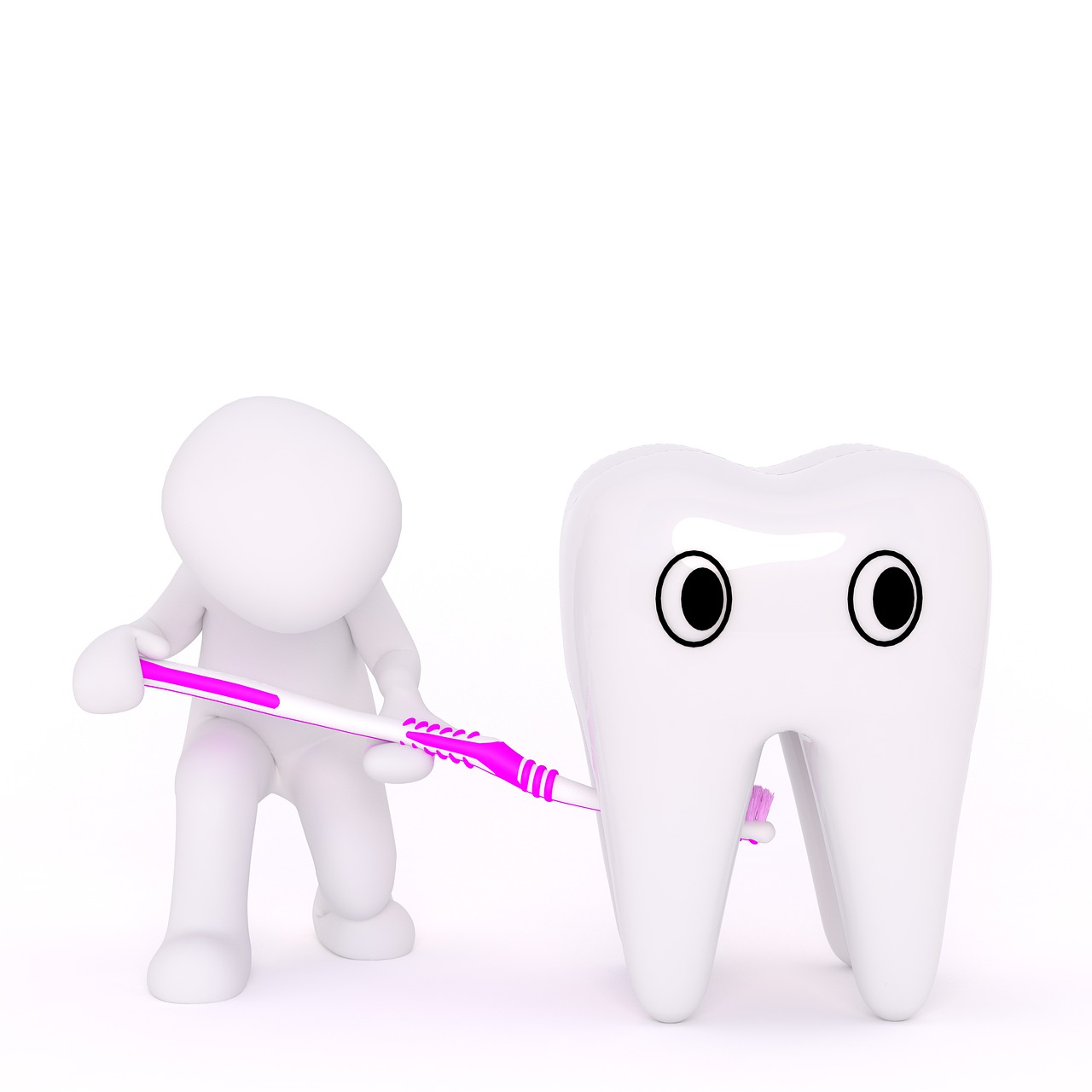When shopping for a new health or dental insurance plan, it’s important to consider the specific costs of each plan. Some plans cover certain expenses entirely, while others cover some costs only partially. Understand what your new plan will cover so that you don’t get stuck paying for something you didn’t need.
Cost of dental insurance
Dental insurance is not always cheap, and it is important to understand the differences between different types of dental plans before signing up for one. Some plans cover more procedures than others, and some have lower deductibles than others. Depending on your age and how many dependents you have, you may pay more or less than you expect to. The amount you pay each month is also an important factor to consider.
Some plans are free of cost or have very low out-of-pocket costs for preventive care, such as cleanings and exams. Others are fee-for-service, requiring you to pay a co-pay for every visit. Some plans also have a deductible that will depend on how many people are covered.
If you choose an out-of-network dentist, be prepared to pay significantly higher premiums. These out-of-network dentists are often expensive, and your plan may not be a good value if you need to visit them frequently. Moreover, dental insurance premiums will vary by state. In many cases, the monthly premium is around $50 or $503, depending on the company and the plan chosen. However, the average cost of dental care for an entire family can be up to $600 a year.
Cost of a stand-alone dental and vision plan
Standalone dental and vision insurance plans simplify the management of multiple insurance plans. Although most plans don’t name their prices upfront, most carriers encourage individuals to request a quote in order to get an accurate estimate of what they should expect to pay. This way, they can compare the various plans and make an informed decision.
Affordable dental and vision insurance plans are available to people with no or limited health insurance. They cover a variety of preventive, routine, and major dental services. Many dental plans cover vision services, including regular cleanings and exams. In addition, they provide coverage for dental care for pregnant women and low-income people.
Preventive dental services, such as cleanings and x-rays, may be covered by dental insurance. Major services, such as extractions and crowns, may be covered by separate plans. Preventative services are covered up to eighty percent of the cost of dental services. Major procedures, such as major surgeries and dental implants, can be covered by separate plans, but may have a deductible.
Cost of a DPPO plan
When choosing a health or dental insurance plan, it’s important to determine the preferred provider organization. A preferred provider organization (PPO) contracts with a particular group of doctors and hospitals. Members can use those providers to get cheaper costs. However, if they need to see an out-of-network doctor or dentist, the out-of-network provider will cost them more. Costs for a PPO health or dental insurance plan will depend on where you live and your dental history.
Dental plans are typically based on a network of dentists. These providers have agreed to accept lower prices than those offered by traditional insurance companies. Unlike traditional health plans, these plans do not have waiting periods, premiums, or exclusions. However, some plans may have restrictions and limitations on the types of treatments they cover.
The cost of a DPPO dental plan varies by company. Some insurance companies offer deep discounts based on the number of employees. The discounts are higher for larger businesses, but smaller businesses may be able to save more by choosing a lower-cost dental insurance plan.
Cost of a DHMO plan
The cost of a DHMO health or dental plan varies a lot depending on a variety of factors. Premiums for a DHMO plan range from around $12 to $50 per person a month. However, the cost of a comprehensive DPPO plan will likely be more expensive. Meanwhile, premiums for indemnity plans are roughly double that of DHMOs.
A DHMO health or dental insurance plan provides prepaid coverage for a variety of preventive and routine dental services. The plan also helps you keep costs down by only allowing you to select a dentist in the company’s network. These dentists offer low-cost services and can also refer you to specialists if necessary. DHMO plans also tend to emphasize dental health maintenance by encouraging patients to seek preventive care rather than focusing on more expensive dental procedures.
However, DHMO plans may have limited dentist networks. They often require members to visit dentists within their network, although you can opt out of the network if you need to. However, most DHMO plans cover out-of-network services only in an emergency or where required by law. In contrast, dental PPO plans allow you to visit any licensed dentist. While the cost of a DHMO health or dental insurance plan may be higher than a PPO health or dental insurance plan, a DHMO plan will generally be cheaper.



